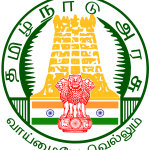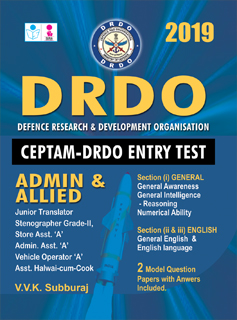1. ………. “greatest of the Peshwas”
A) Sahu
B) Balaji Viswanath
C) Balaji Baji Rao
D) Baji Rao
Explanation : Ans : (D)
The Peshwa or the Prime Minister was the foremost minister in the Ashta Pradhan, the council of ministers of Shivaji. The Peshwas gained more powers and became dominant in the eighteenth century. Balaji Viswanath was the first powerful Peshwa.
Baji rao I is the son of Balaji Vishwanath. He was considered as the greatest of all Peshwas.
2. Who was the chief deity of the Sangam age ?
A) Siva B) Indra
C) Murugan D) Vishnu
Explanation : Ans : (C)
The Primary deity of the Sangam period was Seyon or Murugan, who is hailed as Tamil God. The worship of Murugan was having an ancient origin and the festivals relating to God Murugan was mentioned in the Sangam literature. He was honoured with six abodes known as Arupadai Veedu. Other gods worshipped during the Sangam period were Mayon (Vishnu), Vendan (Indiran), Varunan and Korravai.
3. Among the four stages in oxidation of glucose, Which one is common in all organisms ?
A) Glycolysis
B) Oxidative decarboxylation of pyruvic acid
C) Krebs cycle
D) Electron transport chain
Explanation : Ans : (A)
Oxidation of glucose involves following four distinct stages –
Glycolysis
Oxidative decarboxylation of pyruvic acid
Krebs cycle
Electron transport chain
Glycolysis : The process by which the glucose (6C compound) is split into two molecules of pyruvic acid (3C Compound) is called glycolysis. Three German Microbiologists – Embden, Meyerhof and Parnas, first demonstrated this process in yeast cell. Hence, it is otherwise known as EMP pathway. It occurs in cytoplasm. It is common in all organisms. It is divided into two phases – hexose phase and triose phase. Glyceraldehyde 3-Phosphate and Dihydroxy Acetone Phosphate (DHAP) are the products of hexose phase and two molecules of pyruvic acid are the products of triose phase.
4. Who is known as Father of Taxonomy ?
A) Hippocrates
B) Carolus Linnaeus
C) Gregor Johan Mendel
D) Aristotle
Explanation : Ans : (B)
Carolus Linnaeus is known as Father of Taxonomy.
He introduced the binomial system of nomenclature.
Linnaeus also established a hierarchy of taxonomic ranks : species, genus, family, order, class, phylum or division, and kingdom.
At the highest level, Linnaeus divided all living things into two kingdoms – plants and animals.
In his taxonomic hierarchy each organism is assigned a species name, and species of very similar organisms are grouped into a genus and so on.
5. RIMES (Regional Integrated Multi-hazard Energy Warming System) is associated with which of the following State ?
A) W. Bengal
B) Odisha
C) Andhra Pradesh
D) Karnataka
Explanation : Ans : (B)
Regional Integrated Multi-Hazard Early Warning System (RIMES) is intergovernmental body registered under United Nations. It is owned and managed by 45 collaborating counties in Asia Pacific and Africa Region. India is chairman of the body. It was established in 2009 and was registered with UN in July 2009. It operates from its regional early warming centre located at campus of Asian Institute of Technology in Pathumthani, Thailand. It has evolved from efforts of countries in Africa and Asia in aftermath of 2004 Indian Ocean Tsunami.






